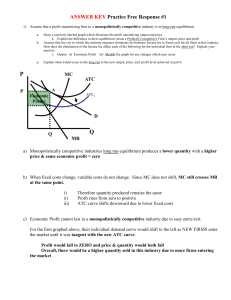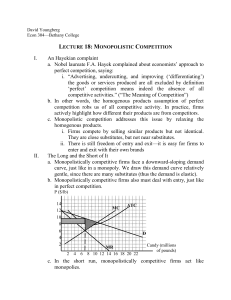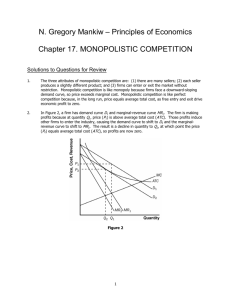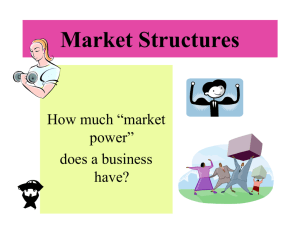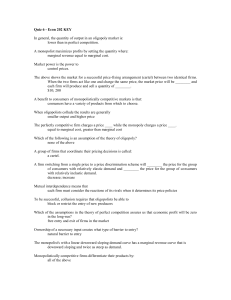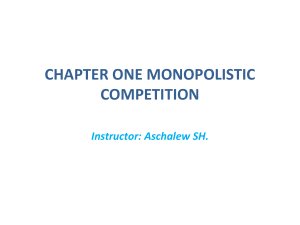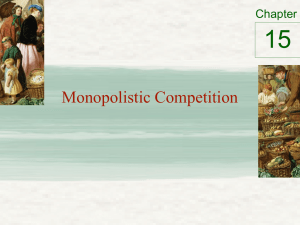Review Sheet #2 Chapter 9
advertisement
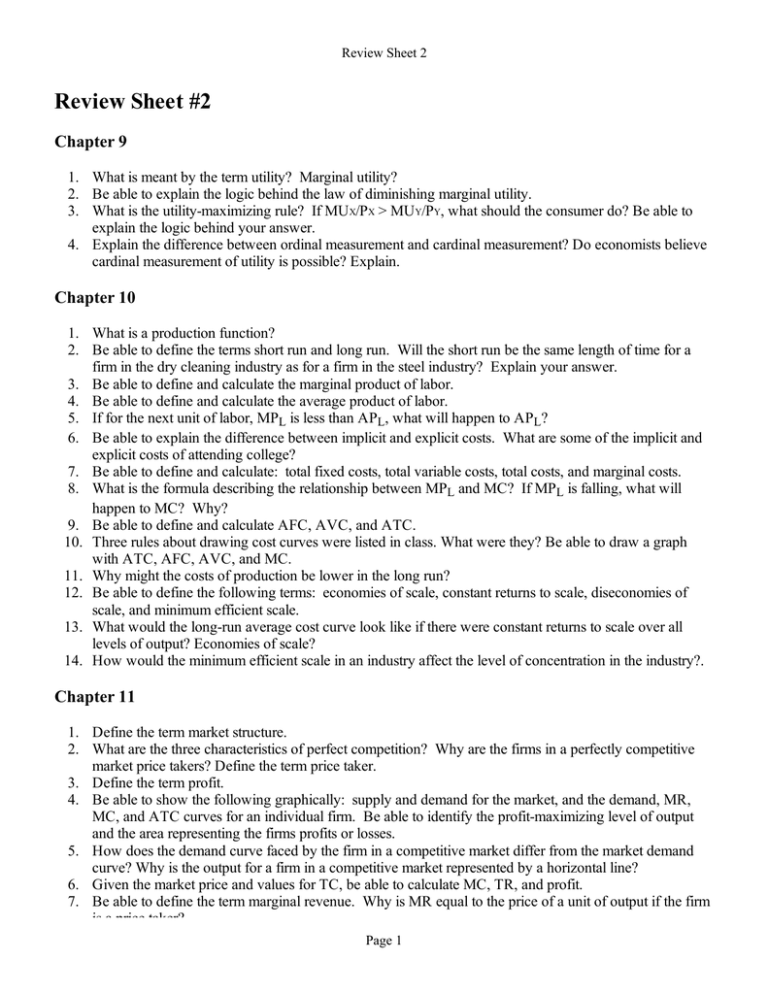
Review Sheet 2 Review Sheet #2 Chapter 9 1. What is meant by the term utility? Marginal utility? 2. Be able to explain the logic behind the law of diminishing marginal utility. 3. What is the utility-maximizing rule? If MUX/PX > MUY/PY, what should the consumer do? Be able to explain the logic behind your answer. 4. Explain the difference between ordinal measurement and cardinal measurement? Do economists believe cardinal measurement of utility is possible? Explain. Chapter 10 1. What is a production function? 2. Be able to define the terms short run and long run. Will the short run be the same length of time for a firm in the dry cleaning industry as for a firm in the steel industry? Explain your answer. 3. Be able to define and calculate the marginal product of labor. 4. Be able to define and calculate the average product of labor. 5. If for the next unit of labor, MPL is less than APL, what will happen to APL? 6. Be able to explain the difference between implicit and explicit costs. What are some of the implicit and explicit costs of attending college? 7. Be able to define and calculate: total fixed costs, total variable costs, total costs, and marginal costs. 8. What is the formula describing the relationship between MPL and MC? If MPL is falling, what will happen to MC? Why? 9. Be able to define and calculate AFC, AVC, and ATC. 10. Three rules about drawing cost curves were listed in class. What were they? Be able to draw a graph with ATC, AFC, AVC, and MC. 11. Why might the costs of production be lower in the long run? 12. Be able to define the following terms: economies of scale, constant returns to scale, diseconomies of scale, and minimum efficient scale. 13. What would the long-run average cost curve look like if there were constant returns to scale over all levels of output? Economies of scale? 14. How would the minimum efficient scale in an industry affect the level of concentration in the industry?. Chapter 11 1. Define the term market structure. 2. What are the three characteristics of perfect competition? Why are the firms in a perfectly competitive market price takers? Define the term price taker. 3. Define the term profit. 4. Be able to show the following graphically: supply and demand for the market, and the demand, MR, MC, and ATC curves for an individual firm. Be able to identify the profit-maximizing level of output and the area representing the firms profits or losses. 5. How does the demand curve faced by the firm in a competitive market differ from the market demand curve? Why is the output for a firm in a competitive market represented by a horizontal line? 6. Given the market price and values for TC, be able to calculate MC, TR, and profit. 7. Be able to define the term marginal revenue. Why is MR equal to the price of a unit of output if the firm is a price taker? Page 1 Review Sheet 2 is a price taker? 8. What is the rule for choosing the profit-maximizing level of output? Be able to explain why a firm should produce more output if MC<MR, or produce less output if MC>MR. 9. What is the shutdown rule? Be able to explain it both in terms of TVC and AVC. What is the shutdown price? 10. How do we find the short run market supply curve from the supply curves of the individual firms? 11. If firms in a competitive market are making economic profits, what will happen to the number of firms in the industry in the long run? What will happen to the location of the market supply curve? What will happen to the equilibrium price? What will happen to the profits of firms in the industry in the long run? 12. Answer the same questions assuming that the firms in the industry were earning losses. 13. Why do we believe that the plants in a competitive industry will be of such a size that the firm will be producing at the minimum of the LRATC curve? 14. What determines whether the long-run supply curve is horizontal or upward sloping? What is the longrun supply curve? 15. Be able to define the term allocative efficiency. Why is the outcome from a market system expected to achieve allocative efficiency? Chapter 12 1. 2. 3. 4. What are the three characteristics of a market with monopolistic competition? Is a firm in a market with monopolistic competition a price taker or a price setter? Explain why MR is less than price if the firm is facing a downward-sloping demand curve. Be able to show graphically the profit-maximizing price and level of output for a monopolistically competitive firm. 5. Will firms in a monopolistically competitive market earn profits in the long run? Be able to explain your answer. 6. Why do firms in a market with monopolistic competition have excess capacity? How might consumers benefit from the variety of goods produced under monopolistic competition? Chapter 13 1. 2. 3. 4. 5. 6. 7. 8. What are the characteristics of an oligopoly? What are the three barriers to entry that could result in the creation of an oligopoly? How does the minimum efficient scale in the market influence the structure of a market? What is game theory? What is a payoff matrix? What is a dominant strategy? A Nash equilibrium? Be able to determine if there is a dominant strategy in a game. Explain the difference between collusion and tacit collusion. How does repeated play change the possible strategies that the players might undertake? What is tit for tat strategy? What is a cartel? Under what conditions will a member of a cartel be more likely to cheat? According to the five competitive forces model, what factors will influence a firm's ability to charge a price above average cost. Page 2
